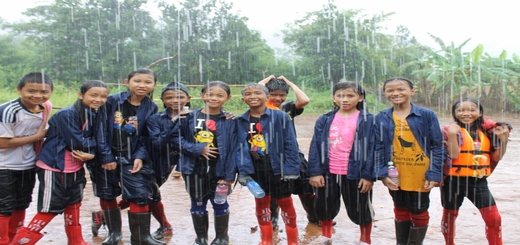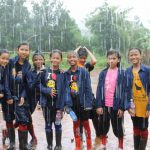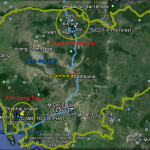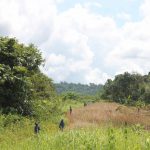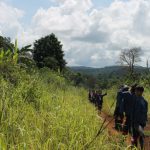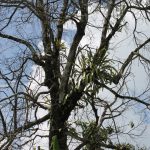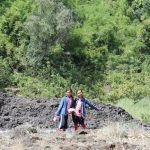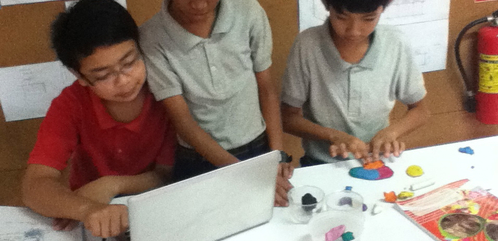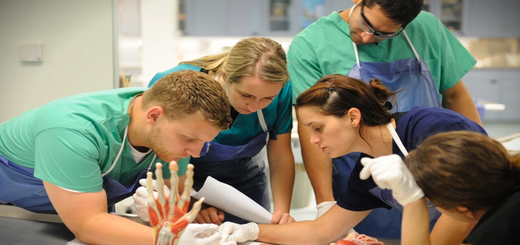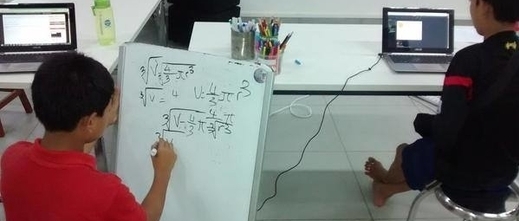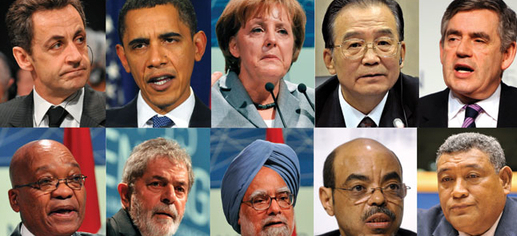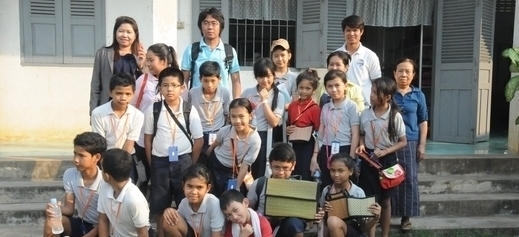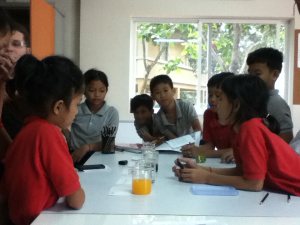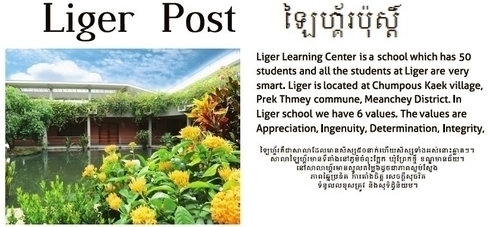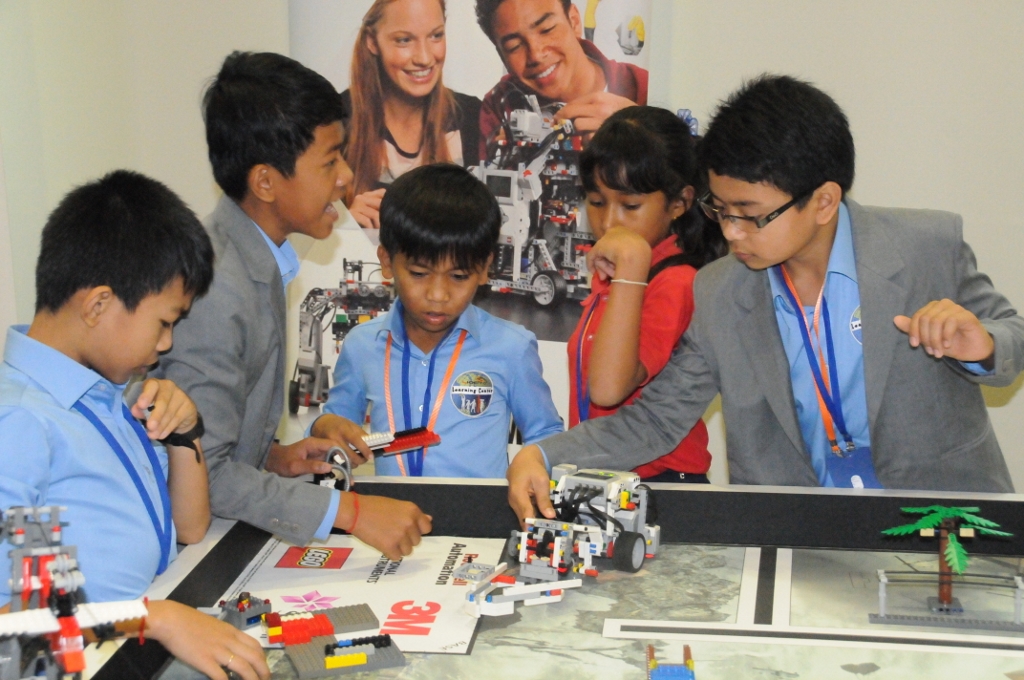Name: Tropical Forest Ecology
Date: May 5 2014 – June 17 2014
Number of People: 12
Essential Questions:
1. How are organisms and the nonliving environment interconnected in the world around us?
2. What is the value of tropical forest ecosystems for Cambodia?
3. How do humans impact tropical forest ecosystems in Cambodia? Is it possible to use tropical forests sustainably?
Description: In Tropical Forest Ecology we learned about Ecosystems. Ecosystems are a community of organisms that are interconnected and connected with non-living things. We went on two trips because we wanted to experience and see forest directly.We went to Preah Vihear and Koh Kong provinces. When we came back we compared the dry deciduous dipterocarp forest ecosystem (Preah Vihear province) with the evergreen forest ecosystem (Koh Kong province). In Preah Vihear we went to Tmatboey community and in Koh Kong we went to Chi Phat community. We learned about conservation. Conservation means taking care or protecting something. While we learned about conservation, we also learned about sustainable and unsustainable. Sustainable is the action that does not destroy the ecosystem. Unsustainable is the action that destroys the ecosystem. We learned about ecotourism. Ecotourism is tourism that uses and benefits the ecosystem. That is one way that we use ecosystems sustainably.Also we learned about ecological services. Ecological services are the benefits that people get from ecosystems. There are three ecological services such as provisioning services, regulating services and cultural services. Provisioning services are how the ecosystem provides us directly. Ex: Trees give us resin. Regulating services are how the ecosystem regulates the climate. Ex: Trees stop the floods by absorbing the water. Cultural services are how the ecosystems give us something culturally. Ex: Bambuti people use forest plants to smoke for their ceremonies. We answered our essential questions by using the knowledge that we got from our trips.

